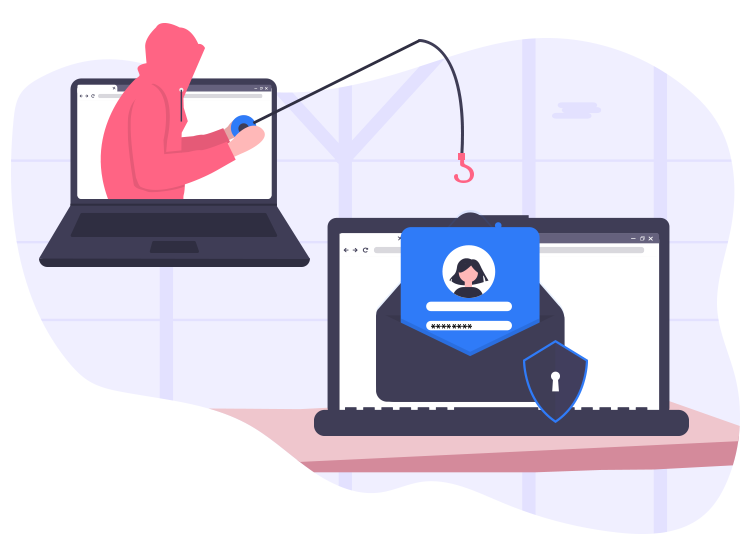
In today’s fast-paced digital world, phishing scams have become some of the easiest forms of social engineering attacks for cybercriminals to carry out. In light of this, these online scams continue to proliferate at worrying rates and are becoming increasingly difficult to uncover. Before we dive into how to prevent phishing attacks, let’s first enlighten you a little bit more about phishing and the dangers associated with it.
What is Phishing?
Phishing is a fraudulent attempt to steal users’ sensitive information such as banking details, credit card numbers, login credentials, and saved passwords, by masquerading oneself as a trusted entity in the telecommunications industry.
What Are the Dangerous of Phishing Scams?
The main reason behind it being rated as one of the most dangerous forms of cybercrimes is that it can’t be detected by a regular antivirus program installed on your laptop or desktop computer. Usually carried out by text messaging (aka ‘smishing’), instant messaging, and email spoofing, phishing attack attempts often trick users to click on a malicious link. Once users click on those malicious links, they get redirected to a fake website where they willingly hand over their personal information to the scammers.
And once your personal information falls into the wrong hands, you are in danger of becoming a victim to the identity or data theft.
How to Protect Yourself against Phishing Scams?
Firstly, always stay informed about all the social engineering techniques used by criminals to carry out phishing attacks. In addition to this, there are a number of anti-phishing sites available on the web which publishes the exact messages that have been recently used by hackers to lure users. You can also use specialized spam filters to cut down the number of phishing emails reaching your inboxes. These spam filters use a wide array of methodologies such as machine learning (ML) to filter out phishing emails coming from the forged or untrustworthy addresses.
Another effective approach to combat phishing attempts is to keep a list of known fraudulent and phishing sites. For this purpose, you can rely on Google Safe Browsing, a blacklist service offered by Google that helps detect suspicious URLs that contain malware or any other form of harmful content.
Apart from the aforementioned prevention techniques, it is suggested to install anti-phishing software from a trusted developer to prevent falling prey to phishing scams in the future.


2 Comments